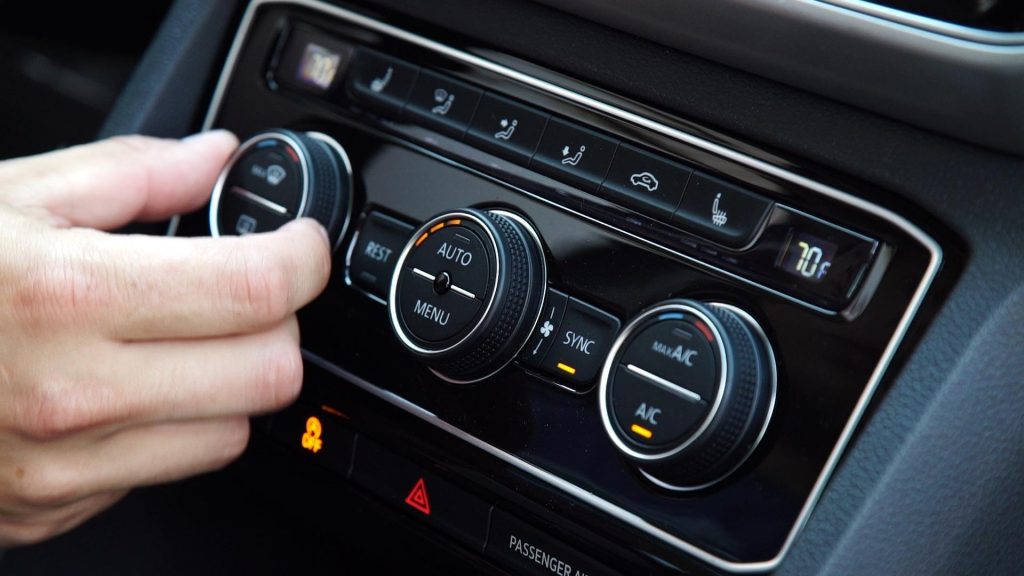Repair instructions
What Does Your Car’s Auto A/C Button Do?
Overview
The auto button on your vehicle’s climate control system is a powerful tool that optimizes the HVAC settings, including blower fan speed, recirculation mode, and air direction, ensuring that your cabin reaches the desired temperature efficiently. However, there may be times when the auto settings don’t align with your preferences, making it necessary to manually adjust the blower speed for optimal comfort. Given the intricate nature of today’s climate control systems, utilizing the auto feature simplifies achieving a comfortable environment in your vehicle.
What Does the Auto Button Do?
The auto button activates the HVAC system’s automatic mode, adjusting various settings to quickly achieve and maintain your set temperature. Think of it as a sophisticated climate control system similar to what you’d find in a home. By inputting your desired temperature, the system autonomously manages compressor operation, air temperature through the blend door, and fan speed based on real-time cabin conditions.

1. Control Blower Fan Speed
The blower fan is essential for circulating air, drawing it either from outside (NORM) or recirculating it from within the cabin (MAX/Recirc). Depending on the temperature inside the cabin, the system will adjust the blower speed to facilitate quicker cooling or heating. If the A/C refrigerant is low or the compressor isn’t functioning, the fan alone can only do so much. The system continuously monitors cabin temperature and adjusts accordingly, making it a feedback loop that efficiently reaches your desired comfort level.
2. Control Recirculation Setting
The recirculation setting, indicated by an arrow creating circles, determines whether the HVAC system pulls air from inside the cabin or outside. Engaging the auto setting allows the system to select the best mode for efficient temperature control. For example, on a hot day, it may initially disable recirculation to draw in cooler air from outside until the cabin temperature drops, after which it can switch back to recirculation for optimal cooling.
3. Control Air Direction
Utilizing the floor vents during heating helps distribute warm air effectively, warming your feet while maintaining a comfortable cabin temperature. This directional control allows the HVAC system to heat the cabin gradually, as warm air naturally rises.
Quick History of Automatic Temperature Control
The journey of automatic temperature control began with Cadillac in 1964, introducing their “Comfort Control” system. This innovative approach allowed drivers to set a preferred temperature, enabling the system to automatically adjust air conditioning and heating. Early iterations included a “Programmer” that coordinated all necessary components, marking a significant advancement in automotive climate control technology.
When to Use the Auto Setting
Activating the auto setting is ideal for achieving a comfortable cabin temperature quickly, especially after extreme temperature fluctuations. It’s particularly useful when you’re in a hurry and want to rely on the system’s intelligence for optimal comfort.
When to Override the Auto Setting
There are occasions when the auto settings may not meet your personal comfort preferences. In such cases, it’s best to take control by manually adjusting the blower speed or recirculation mode to better suit your needs.
By understanding how the auto A/C button works, you can leverage your vehicle’s HVAC system to maintain an ideal climate with minimal fuss, ensuring a more enjoyable driving experience.
